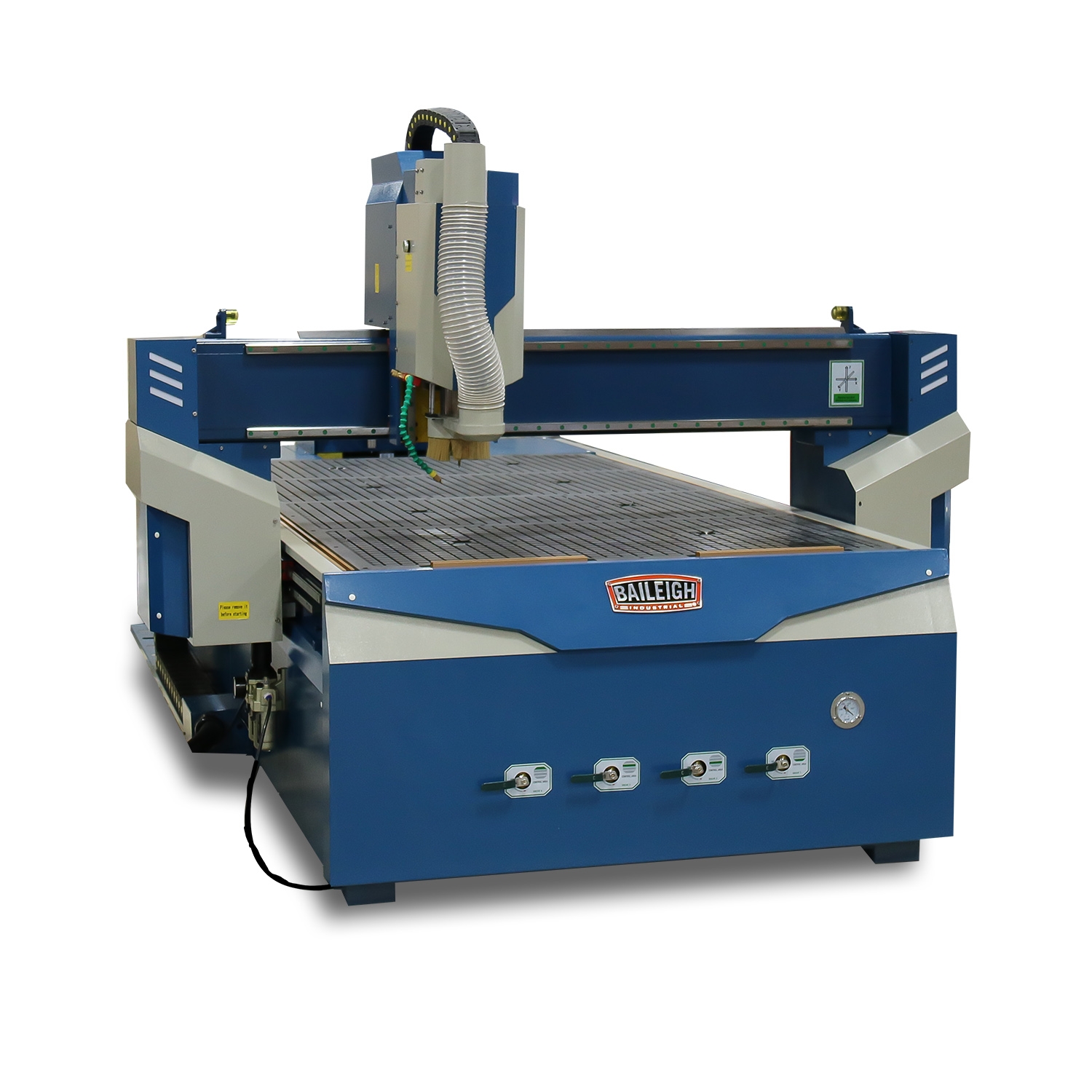Your cart is currently empty!

The Advantages of a CNC Wood Router

A CNC wood router is a computer controlled machine that creates objects from wooden material. They are used for a wide variety of tasks, from cutting small parts to making signs and relief carvings.
They are efficient, highly accurate, and cut down on material waste. They also help in mass production.
What is a CNC Router?
A CNC router is a computer-controlled cutting machine that can be used to cut a variety of materials including wood, MDF, plastics, foams and metal. Compared to a manually operated router, a CNC machine is faster, more precise and can make smoother edges.
A cnc wood router can be used for a wide range of applications, from manufacturing patterns for sand casting and vacuum forming to making signage and furniture. It also produces a series of identical products as well as one-off pieces, thereby reducing errors and producing more accurate parts.
The machine consists of several key components: the control system, the motors and the spindle or router. These all work together to run the machine in near perfect unison, allowing it to cut a variety of complex shapes and designs.
The motors are the most common component of a CNC router machine, and these can be either stepper or servo motors. Stepper motors are typically found on cheaper hobbyist machines whereas servos provide better positioning precision and are more expensive.
Advantages of a CNC Router
CNC routers offer numerous advantages for both professional and hobbyist woodworkers. They can be used for cutting or engraving a variety of materials, including plastics, metals and wood.
They’re also highly automated, allowing you to produce precise parts quickly and efficiently. They also reduce waste, which can help you reduce your costs and increase your profit margins.
In addition, CNC routers are incredibly safe for workers. They don’t involve anyone directly in the operational area, which means that there’s no risk of workers getting hurt or injured.
CNC routers come in a wide range of sizes and types, depending on your needs and budget. You can use a small machine for DIY projects, or a larger one for industrial applications. You can also opt for a router with a tool changer, which allows you to quickly and easily change the tools you use on the job.
Advantages of a Mini CNC Router
A CNC wood router is a powerful tool that allows you to engrave and cut on a wide variety of materials. It can be used to make gifts, souvenirs, handicrafts, advertising products, and many more.
Using a CNC wood router can save you time and money. It also increases your efficiency as it eliminates human error from the process of cutting.
This is because the computer software communicates with the machine, relaying inputs to complete precise cuts every time. This means that you can repeat a cut as many times as necessary, and you will not have to worry about material waste or errors.
Another advantage of a mini CNC router is that they are easier to operate than laser cutters. Because they are contactless, there is no need to clamp the material and change bits as laser cutters do. They are also simpler to clean as there is less dust and off-cut pieces that fall off of them.
Advantages of a Large CNC Router
If you want to cut a large amount of wood for your business, you should consider buying a large CNC router. It will allow you to process larger workpieces in a shorter amount of time, which is essential for businesses that operate with high production volumes.
Moreover, these machines can be used for many different purposes, including the manufacturing of furniture pieces, door carvings, interior and exterior decorations, signs, musical instruments, and more. They also see use in industrial sectors such as thermoplastics, where they automate the trimming of plastics and make a huge impact on efficiency and production capacity.
Safety is a top concern for any business, and CNC routers are one of the safest machines around. Because they remove the operator from the direct proximity of the machine’s cutting mechanisms, human error is almost eliminated. This eliminates a major risk for your company and can result in savings on workers compensation cases and production losses from disabled employees.
by
Tags: